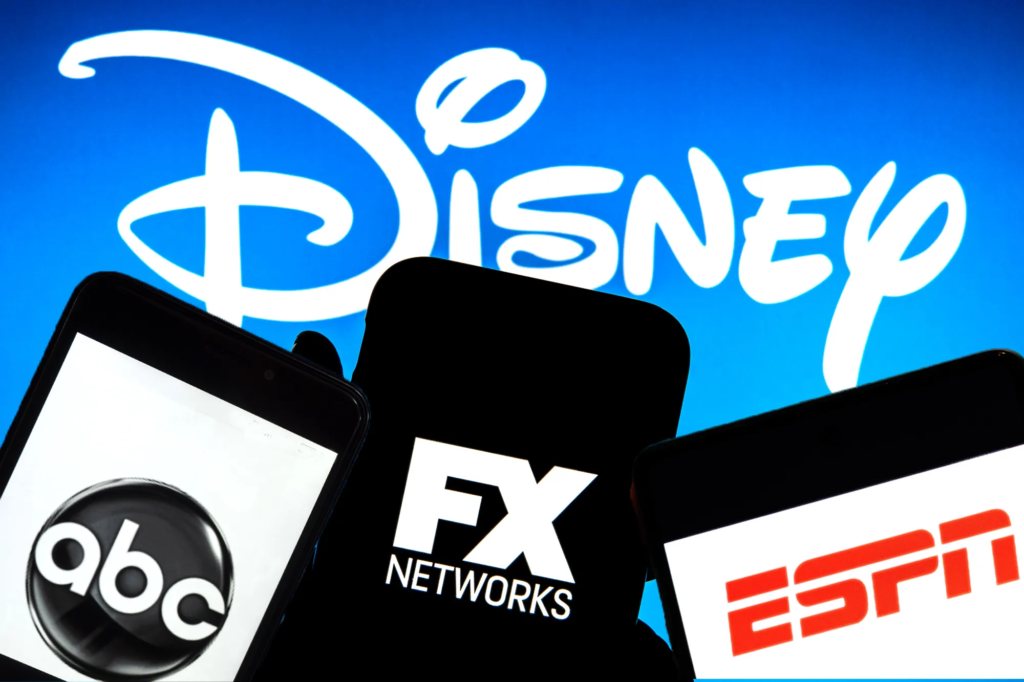In the rapidly evolving landscape of media and entertainment, the symbiotic relationship between conglomerates like Disney and sports broadcasting giants such as ESPN has been a topic of significant interest and analysis. The concept of a fair deal within these partnerships is multifaceted, touching upon various aspects like content distribution, revenue sharing, and consumer access. This article delves into the complexities of what constitutes a “fair deal” between Disney and ESPN, particularly in the context of their digital and broadcasting strategies, and how these strategies impact stakeholders ranging from consumers to content creators.
The Genesis of Disney-ESPN Collaboration
The Disney-ESPN collaboration is a testament to strategic partnership in the media world, combining Disney’s unparalleled prowess in entertainment with ESPN’s dominance in sports broadcasting. This alliance has not only reshaped the landscape of sports entertainment but also set a precedent for how media giants can leverage their strengths for mutual benefit. However, the essence of this partnership, particularly in terms of fairness and equity, is worth scrutinizing.
Content Distribution and Accessibility
One of the critical aspects of the Disney-ESPN fair deal is content distribution. In an era where digital platforms are increasingly becoming the primary source of entertainment consumption, how Disney and ESPN manage their content distribution has significant implications. The fair deal, in this context, refers to the equitable access to content for consumers across various platforms, be it traditional cable or newer streaming services.
Moreover, the transition to digital platforms has raised questions about the accessibility of content. A fair deal implies that content should not only be widely available but also affordable. With the rise of exclusive streaming services, there’s a delicate balance to be struck between monetizing content and ensuring it doesn’t become prohibitively expensive for the average consumer.
Revenue Sharing and Economic Implications
Another dimension of the Disney-ESPN fair deal is the economic aspect, particularly revenue sharing. The revenue generated from broadcasting rights, advertisements, and subscription services is substantial. How this revenue is shared among the stakeholders, including content creators, athletes, and the broadcasting entities themselves, is a matter of fairness and ethical business practice.
The fairness in revenue sharing also extends to how these funds are reinvested into the sports and entertainment ecosystem. Ideally, a portion of the profits should support grassroots development in sports and creative industries, ensuring the sustainability and growth of these sectors.
Technological Advancements and Consumer Experience
The role of technology in shaping the Disney-ESPN fair deal cannot be overstated. Technological advancements have not only enhanced the quality of broadcasts but also introduced innovative ways to engage with content, such as augmented reality (AR) and virtual reality (VR) experiences. A fair deal in this context ensures that these technological enhancements improve the consumer experience without becoming a barrier due to high costs or complexity.
Furthermore, technology plays a crucial role in data analytics and personalized content delivery. A fair deal would ensure that the use of consumer data enhances the viewing experience while respecting privacy and ethical standards.
The Impact on Stakeholders
The Disney-ESPN fair deal has a ripple effect on various stakeholders, including athletes, content creators, advertisers, and, most importantly, consumers. For athletes and content creators, a fair deal means equitable compensation and exposure. For advertisers, it involves transparent and effective platforms for reaching their target audience. Consumers, on the other hand, seek quality content at a fair price, with easy access across devices and platforms.
The Path Forward
As we navigate the future of media and entertainment, the concept of a fair deal between entities like Disney and ESPN will continue to evolve. The advent of new technologies, changing consumer behaviors, and the global expansion of content distribution networks will all play a role in shaping these partnerships.
The key to a sustainable and fair deal lies in transparency, innovation, and a commitment to balancing profit with public interest. As stakeholders become more interconnected in the digital age, the principles of fairness and equity will remain paramount in guiding these partnerships toward mutual success.
Conclusion
In conclusion, the Disney-ESPN fair deal is a complex interplay of content distribution, revenue sharing, technological advancements, and stakeholder impact. As the media landscape continues to evolve, maintaining a fair and equitable approach in these partnerships will be crucial for sustainable growth and consumer satisfaction.
FAQs
1. What is the Disney-ESPN fair deal?
The Disney-ESPN fair deal refers to the equitable and strategic partnership between Disney and ESPN, focusing on aspects like content distribution, revenue sharing, and consumer accessibility. This deal encompasses agreements on how sports content is broadcasted, distributed digitally, and monetized, ensuring benefits for both corporations while aiming to provide value to consumers and other stakeholders.
2. How does the Disney-ESPN fair deal affect consumers?
For consumers, the fair deal aims to ensure accessible, high-quality sports content across various platforms, including traditional cable TV and digital streaming services. It influences subscription prices, availability of content, and the overall viewing experience, with an emphasis on fairness and affordability.
3. What role does technology play in the Disney-ESPN fair deal?
Technology is pivotal in enhancing content delivery and viewer experience in the Disney-ESPN partnership. Advances in streaming services, augmented and virtual reality, and personalized content delivery are some examples. The deal looks to leverage these technologies to improve accessibility and engagement without compromising privacy or affordability for consumers.

